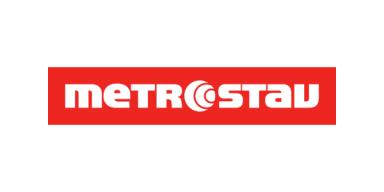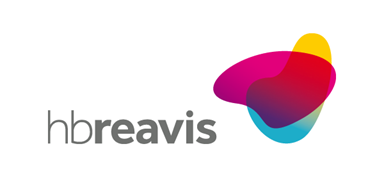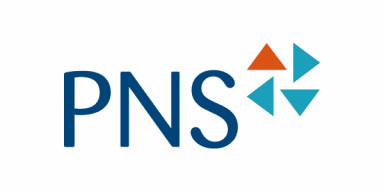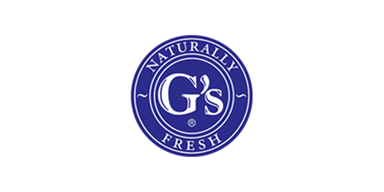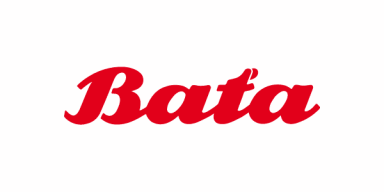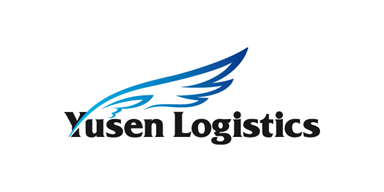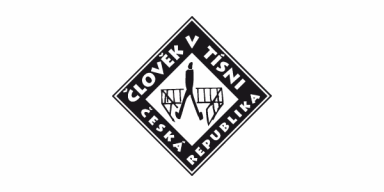Microsoft Dynamics 365 Supply Chain Management
Create a flexible, connected and reliable supply chain. Discover opportunities to simplify planning, optimise production, warehousing and transportation to maximise operational efficiency, product quality and profitability.

Warehouse management
Optimisation of warehouse processes
Microsoft Dynamics 365 Supply Chain Management provides the flexibility and control to help optimise warehouse processes according to individual company requirements. With better visibility for the warehouse and inventory management tools, it helps reduce warehousing costs while increasing customer satisfaction. The warehouse management module allows you to flexibly manage the storage of items according to various parameters such as location type, space or pallet height.
Warehouse automation
Warehouse management in Microsoft Dynamics 365 Supply Chain Management helps you allocate warehouse space efficiently by automatically identifying optimal storage locations based on item characteristics and warehouse zones. All warehouse activities are recorded in logs so that a complete history of actions and tracking dimensions can be tracked using an audit trail.
Fast execution of orders
Microsoft Dynamics 365 Supply Chain Management helps to determine the appropriate sequence of picking points. Optimizing picking routes simplifies and speeds up the fulfilment of customer orders. The system designs picking routes based on parameters such as zones or location height. It also automatically merges similar orders into a single route to make better use of pallet contents. Advanced shipping notifications automatically send information about the shipment to the recipient. Barcodes and RFID readers can also be used to speed up item picking.
Warehouse management functions
- The storage and warehousing of items provides greater accuracy through the support of RFID technology. Microsoft Dynamics 365 Supply Chain Management enables quick specification of location and storage policies at the warehouse and item level. Multi-level storage locations are supported as a matter of course.
- Warehouse dimensions enable you to identify warehouse items by their physical location, identification by unique serial and lot number, and by their characteristics such as configuration, size, or colour.
- Random location storage determines the location of an item based on predefined rules. Storage is automatically assigned according to the priority of picking locations, followed by the inventory locations.
- RFID and barcode registry records and tracks pallets and items throughout the supply chain. In Microsoft Dynamics 365 Supply Chain Management, goods can be registered the moment they arrive at the warehouse so that they are visible throughout the system before they are actually stocked. Items can also be reserved for customers when an order is placed. This reservation is taken into account, for example, in inventory checks or production planning.
- Traceability of items internally and throughout the supply chain is ensured by automatically tagging products with the stock dimension number associated with specific deliveries and shipments. Warehouse dimensions are also a good tool for tracking serial and batch numbers and can be used to get an overview of the items in the warehouse.
- Warehouse inventory checks are conducted through the warehouse inventory log. The warehouse worker always scans using a mobile terminal or manually enters information about the current quantity and location of the item directly into the system.
- Quarantine orders can also be used to block stock for quality control reasons. Orders can be created automatically whenever a specific type of goods is received or manually identified during spot checks. Once the inspection is complete, the goods are returned to their normal storage mode.
- Support for mobile devices is commonplace in Microsoft Dynamics 365 Supply Chain Management. RFID readers, smartphones or tablets with the ability to scan barcodes and pallet numbers, allowing workers to move freely around the warehouse, increasing the efficiency of their work.
Production performance optimization
Products and manufacturing processes
You can manage different variants of products in Microsoft Dynamics 365 Supply Chain Management. By managing serial and lot numbers, all products and components are traceable in both directions from the supplier, from the start of production, to the customer and vice versa. Thanks to the warehouse dimensions and the connection with the warehouse management module, not only warehouse processes but also production processes are accelerated. Their efficiency is increased and therefore the overall error rate is reduced. With the product change management function comes the ability to define the entire change process during the product's production cycle.
Microsoft Dynamics 365 Supply chain management supports both batch and custom-oriented production. The manufacturing module allows for the management of multi-level bills of materials (BOMs) and processes with concurrent or secondary products, including the use of a graphic designer in their design and the preservation of historical versions. Consumption can be handled in different ways, always with the possibility of specifying constant and variable wastes. In case of unavailability of an input item, alternatives can be also defined.
Production operations
Microsoft Dynamics 365 Supply Chain Management supports serial, parallel and combined operations. It is possible to define the requirements of a manufacturing operation directly to a specific resource or a group of resources, with the plan automatically selecting the appropriate resource according to the current capacity. In addition, thanks to the connection with the Human Resources module, the required skills of the staff can be identified and defined.
Process manufacturing support in Microsoft Dynamics 365 Supply chain management provides the possibility of dual units of measure, real weight calculation and packaging codes. For lean manufacturing, it brings modelling of production and logistics processes such as production flows or the use of kanbans and kanban boards to signal requirements.
Cost optimisation
With the cost form in Microsoft Dynamics 365 Supply Chain Management, you can determine sub-overheads based on direct production costs, such as materials or labour, and add these costs to the value of the product. It is then possible to see a detailed breakdown of all input costs on individual production orders and compare the cost estimates according to the standard with the costs actually incurred.
Production execution
Production execution enables the control and monitoring of production operations in the production halls. Microsoft Dynamics 365 Supply chain management brings an enhanced touch interface through which workers perform the steps of manufacturing operations. In addition, workers can view documentation for a given operation, interrupt an operation for a break or other urgent task, or to also report their arrival or departure.
Production planning
Microsoft Dynamics 365 Supply Chain Management enables companies to identify and balance future raw material and capacity needs. Master planning assesses what materials, as well as capacity, are available and required to meet all current and future non-manufacturing needs.
With long lead times in production, planning needs to be based on actual orders as well as forecasts. To do this in Microsoft Dynamics 365 Supply chain management, a forecast plan for demand, supply and inventory is implemented. When creating demand forecasts, it is possible to generate a proposal based on historical data and then fine-tune it according to the current forecasts.
Supply chain management
By linking sales and purchasing processes with logistics, production management and warehouse management, it helps to effectively manage the entire supply process and ensures optimal conditions when working with suppliers.
System versatility
Microsoft Dynamics 365 allows you to access data anywhere and from any mobile device, including offline support.
Microsoft Dynamics 365 enables easy integration with other Microsoft solutions such as Office 365, as well as with third-party solutions and special applications. The ability to customise and create your own apps through PowerApps allows you to quickly and easily extend the system with the features that you need.
Benefits
- Automation of processes across the entire area of production, warehouse management and supplier relations
- Support for all types of production, batch and custom-oriented production, process and lean manufacturing
- Cost optimization by linking manufacturing activities and warehouse operations with accounting
- Flexibility in defining warehouse layouts according to changing company needs
- Traceability of items across the entire supply chain
- Ability to use mobile devices and smart barcode scanners
DO NOT HESITATE TO
CONTACT US
Are you interested in more information or an offer for your specific situation?


